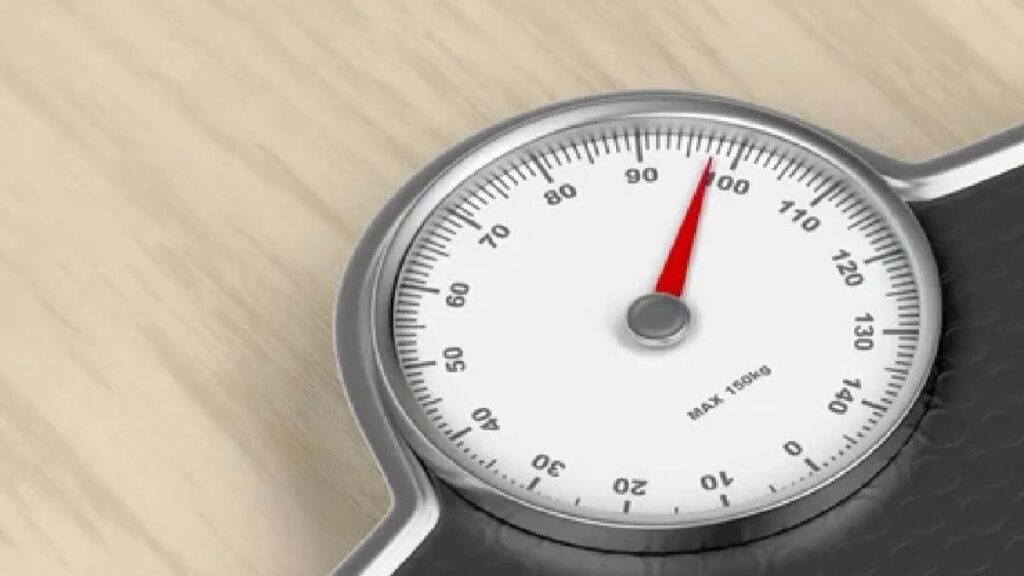Introduction to Kalibraatio
Kalibraatio might not be a term you encounter every day, but its importance is undeniable. Whether you’re in manufacturing, healthcare, or any field that relies on precise measurements, calibration is at the heart of quality control. Yet despite its critical role, many myths surround kalibraatio that can lead to confusion and misconceptions.
Have you ever wondered why proper calibration matters? Or maybe you’ve heard some wild claims about what it involves? You’re not alone. In this blog post, we’ll unravel the truth behind kalibraatio and separate fact from fiction. Get ready to dive into a world where accuracy meets precision!
Common Misconceptions about Kalibraatio
Many people think kalibraatio is only for high-tech industries. This belief limits its perceived importance in everyday applications. Calibration can enhance the performance of numerous devices, from kitchen scales to industrial machines.
Another misconception is that calibration is a one-time event. In reality, regular checks are essential to maintain accuracy and reliability over time.
Some believe that all calibration processes are complex and costly. However, there are straightforward techniques available for different levels of expertise and budgets.
Many assume that if a device seems to be working fine, it doesn’t need calibration. This isn’t true; unseen inaccuracies can lead to significant errors in measurements or outputs without any visible signs.
The Importance of Proper Calibration
Proper calibration is essential for achieving accurate measurements. It ensures that your instruments are providing reliable data, which is crucial in various fields such as science, manufacturing, and healthcare.
When equipment is calibrated correctly, it minimizes errors and inconsistencies. This leads to better decision-making based on precise information. In industries where even slight deviations can cause significant issues, the importance of calibration cannot be overstated.
Moreover, proper calibration extends the lifespan of your tools. Regular checks help identify wear and tear early on, reducing maintenance costs over time.
Additionally, adherence to industry standards often requires accurate calibration practices. Compliance not only enhances credibility but also fosters trust among clients and stakeholders.
Investing time and resources into proper calibration ultimately pays off through improved quality assurance and operational efficiency.
Tools and Techniques for Accurate Calibration
When it comes to accurate calibration, the right tools make all the difference. Digital multimeters are a staple for measuring voltage, current, and resistance with precision. These devices provide reliable readings that ensure your equipment operates within specified limits.
Another essential tool is the calibration software. This kind of program helps automate processes, reducing human error and saving time in data collection. With real-time monitoring capabilities, you can track performance trends over time.
Techniques also play a crucial role in achieving accuracy. Using standardized reference points during calibration allows for consistency across measurements. Additionally, conducting regular checks ensures ongoing reliability.
Don’t overlook environmental factors either; temperature and humidity can impact results significantly. Properly controlling these variables will enhance your overall calibration efforts and maintain equipment longevity for optimal performance.
Real-life Examples of Kalibraatio in Action
In the world of precision engineering, kalibraatio plays a vital role. Take aerospace, for instance. Engineers rely on calibrated instruments to ensure that every measurement is spot-on. A single miscalibration can lead to catastrophic failures.
Manufacturing also benefits significantly from proper calibration. Consider an assembly line where robotic arms are used. If these robots aren’t properly calibrated, production errors can spiral out of control, costing time and resources.
Healthcare relies heavily on accurate measurements as well. Medical devices must be meticulously calibrated to guarantee patient safety and effective treatment outcomes. For example, blood pressure monitors need precise calibration to provide reliable readings.
Even in everyday life, we encounter kalibraatio without realizing it. Think about your kitchen scale or oven thermometer; both require accurate calibration for consistent results in cooking and baking endeavors. Each scenario underscores the necessity of proper calibration across various fields and daily activities.
Debunking Popular Myths about Kalibraatio
Many people believe that kalibraatio is only necessary for high-end equipment. This isn’t true. Calibration is essential across various industries, regardless of the device’s cost.
Another common myth is that calibration should be done just once. Regular checks are vital to ensure ongoing accuracy and reliability in measurements.
Some think it’s a complicated process requiring specialized knowledge. In reality, many calibration techniques can be performed by trained personnel using user-friendly tools.
There’s also a misconception that if something appears to work well, it doesn’t need calibration. However, even subtle changes can lead to significant errors over time.
People often assume all calibrated devices will remain accurate indefinitely. Environmental factors and wear-and-tear can impact performance; hence periodic recalibration is crucial for maintaining standards in any setting.
Conclusion: Understanding the Truth About Kalibraatio
Kalibraatio often gets shrouded in confusion, but understanding its true nature can make a significant difference. Many see it as just another technical hurdle, yet it plays a crucial role in various industries. From manufacturing to healthcare, accurate calibration ensures that tools and equipment function optimally.
The myths surrounding kalibraatio can lead to misunderstandings about its importance and implementation. By debunking these misconceptions, we highlight the necessity of proper practices for reliable outcomes. With the right tools and techniques at your disposal, achieving precise calibration is certainly within reach.
Real-life applications showcase how essential kalibraatio is across different fields. Whether it’s ensuring patient safety or maintaining quality control in production lines, effective calibration can guarantee success.
Recognizing the truth about kalibraatio empowers individuals and organizations alike to embrace best practices for accuracy. As you navigate through this complex topic, keep an open mind and prioritize proper calibration methods—your results will speak volumes!






